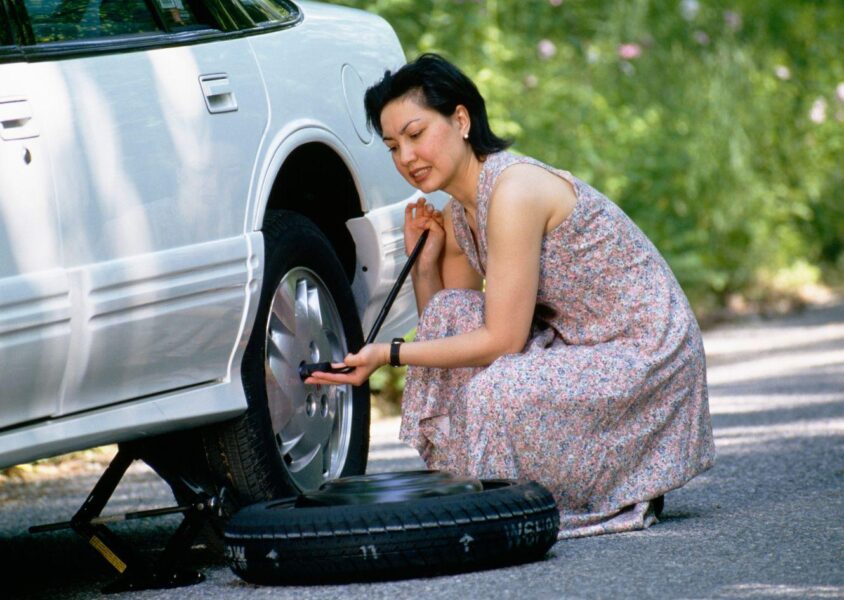Run-flat Tires Are More Safe

If you get a flat tire on your vehicle, most often, you become stuck on the road. Such a situation can become exceedingly unsafe at remote locations or during inclement weather conditions. Even though you might have a spare tire in the trunk, swapping it takes work. What if you had run-flat tires that you could keep driving with even if they ran flat?
Run-flat tires continue operating even after a puncture or loss of air pressure. They come with reinforced sidewalls that allow the tire to support the vehicle’s weight. These tires are suitable for driving for a short distance at a reduced speed. They can be useful in situations where it is impossible to immediately change a tire. An example is when driving on a highway and there is no safe place to pull over.
Types of Run-Flat Tires
There are two main types: self-supporting and support ring run-flat tires. Self-supporting run-flat tires have a reinforced sidewall that can support the vehicle’s weight on its own. On the other hand, support ring versions have an additional support ring that fitted inside the tire. It helps to hold the tire shape and support the weight of the vehicle.
Run-flat tires are not standard equipment on all vehicles. Some vehicle manufacturers offer them as an option on certain models, while others may include them as standard equipment. It is also possible to have these tires installed on a vehicle as an aftermarket modification.
It is generally easier to find them for passenger cars and SUVs. They are more commonly used on these vehicles. However, they may be less common on trucks and other commercial vehicles. This is because they typically have higher load capacities and may require a different type of tire.
Run-flat tires are more expensive than standard tires, so that some vehicles may have more cost-effective options. In addition, these tires are typically heavier than standard tires due to their reinforced sidewalls, which can affect a vehicle’s handling and fuel efficiency.
Some drivers find that run-flat tires do not provide as smooth a ride as standard tires, as the reinforced sidewalls can make the ride feel firmer. In addition, they may not perform as well as standard tires in certain conditions, such as in wet or snowy weather.
Many of the cars in the market do not use run-flat tires, besides the reasons cited above, because they may not be available in all sizes, so they may not be an option for all vehicles.